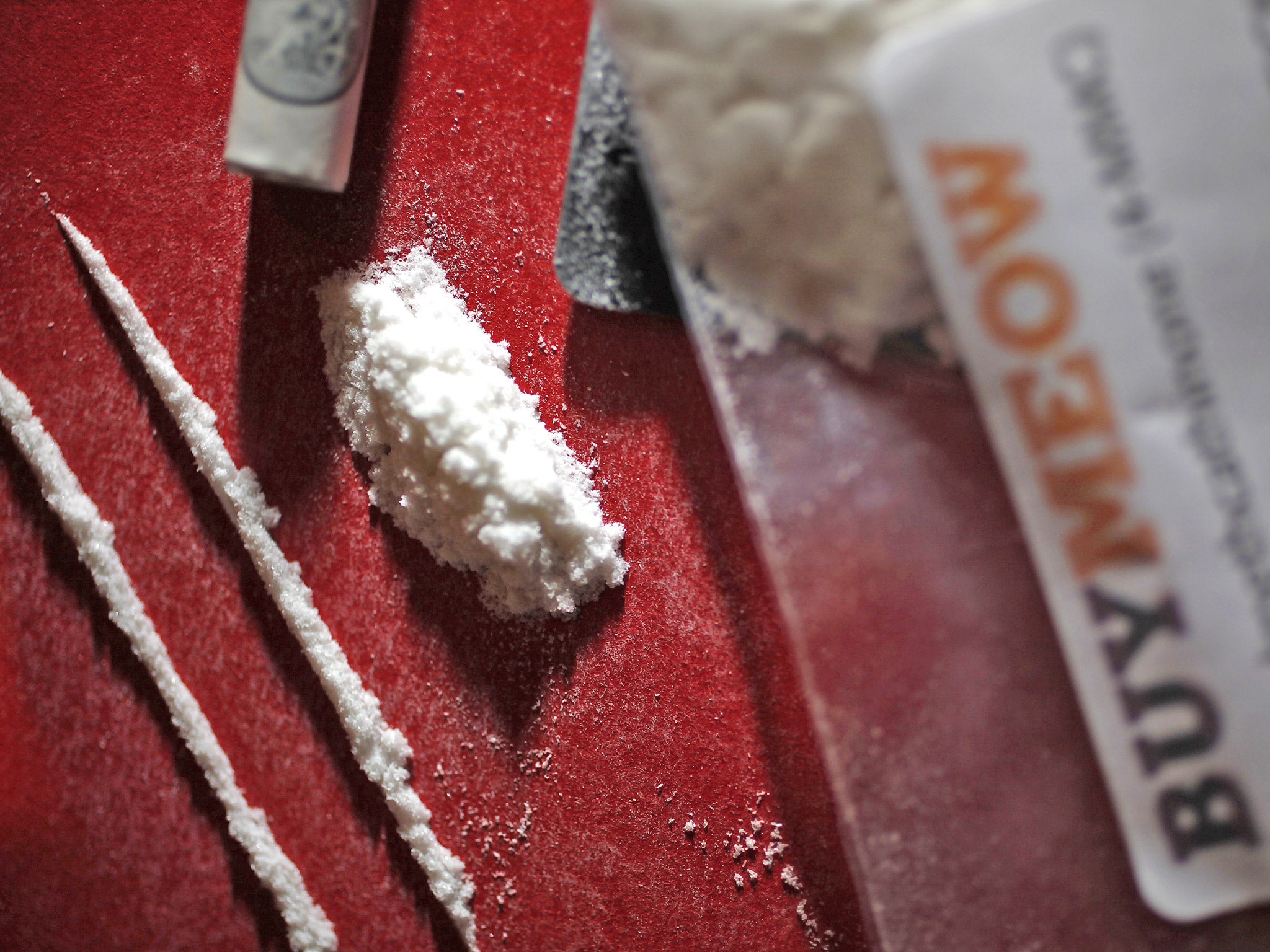Fresh fears over ecstasy substitute PMA after rise in deaths
Significant increase in the number of deaths from 'legal highs'

Your support helps us to tell the story
From reproductive rights to climate change to Big Tech, The Independent is on the ground when the story is developing. Whether it's investigating the financials of Elon Musk's pro-Trump PAC or producing our latest documentary, 'The A Word', which shines a light on the American women fighting for reproductive rights, we know how important it is to parse out the facts from the messaging.
At such a critical moment in US history, we need reporters on the ground. Your donation allows us to keep sending journalists to speak to both sides of the story.
The Independent is trusted by Americans across the entire political spectrum. And unlike many other quality news outlets, we choose not to lock Americans out of our reporting and analysis with paywalls. We believe quality journalism should be available to everyone, paid for by those who can afford it.
Your support makes all the difference.More people are dying after taking amphetamines that at any time in the past five years, with a sharp rise in fatalities driven by the increased use of the ecstasy substitute PMA.
Public Health England raised the alarm over the club drug earlier this month, calling evidence of PMA deaths “very concerning”. New figures from the Office for National Statistics figures showed a rise in PMA-related deaths from just one in 2011 to 20 in 2012.
There was also a significant increase in the number of deaths from new psychoactive substances (NPS) – previously known as “legal highs”.
The group of new drugs, including mephedrone, GHB and BZP, most of which were only recently made illegal, were involved in 52 deaths in 2012, up from 29 in 2011.
Overall, there were 2,597 deaths from drug poisoning in England and Wales in 2012, involving both legal and illegal drugs. The majority of drug deaths were accidental, but the figures also account for nearly 1,000 intentional self-poisonings.
The number of male drug poisoning deaths was down 4 per cent to 1,706. However, the number of women killed by drug poisoning rose by 1 per cent to 891 – the third year in a row the figure has gone up.
Deaths involving heroin or morphine – the biggest killers – fell slightly to 579 deaths – down by one third over five years.
Martin Barnes, chief executive of the charity DrugScope said that despite declines in some areas, evidence of more deaths from certain drugs was worrying.
“The number of deaths involving PMA is, for example, concerning,” he said. “In all probability people would have believed they were taking ecstasy, but PMA is far more toxic while at the same time taking longer to take effect. This can make users believe that the pill isn’t working, encouraging them to increase the dose with sometimes fatal results.”
A third of all drug deaths involved more than one drug, according to coroners’ reports. Alcohol, or long-term alcohol abuse, was also recorded in a third of deaths.
The new report from the ONS was the first to show the geographical spread of drug poisoning deaths.
Mortality rates from drug misuse, involving illegal drugs, were much higher in Wales than in England – with 45.8 deaths per million members of the population, compared to 25.4 in England.
The North-West had the highest mortality rate in England, with 41 deaths per million people.
Mr Barnes said: “No drug equals no risk, but back in the early 1990s when ecstasy was at the height of its popularity among young people on the club/rave scene, there was a body of public health knowledge that would have helped protect people and probably saved lives.
“Much of that knowledge, for example, not increasing dosage and not allowing the body to get over-heated is less known to many of the current generation of club and festival goers. We need to find ways of reminding young people about this type of information, not only in relation to ecstasy, but also to the many other new drugs now available.”
Join our commenting forum
Join thought-provoking conversations, follow other Independent readers and see their replies
Comments